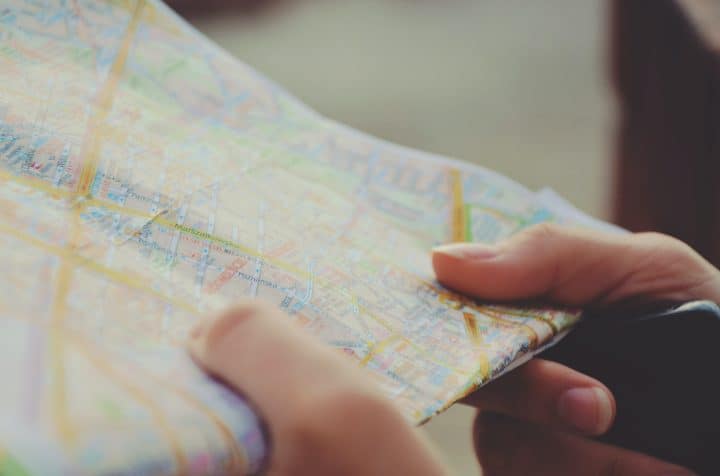Did you know that a zip code may be used for more than just sorting mail? Cartographers can use these five-digit, government-issued numbers easily. If you know the zip codes for a particular region, you may convert that into useful map information.
If you’re familiar with mapping or cartography, you might be wondering why it’s important to plot zip codes on a map. Read on to find out how to generate a map from zip codes, and the benefits of these maps.
Reasons to plot zip codes
- Accessibility. A zip code is easy to locate in contrast to other sample data types. Imagine you wish to make a map showing the route from your home to a friend’s home and then to a restaurant close by. You may find the zip codes you need by searching for them on Google. Or perhaps you already know them if you’re more familiar with the area.
- Simple to comprehend. The average cartographer shouldn’t have to go through complex spreadsheet information like decimal degrees and decimal minutes and seconds. The process is made simpler with a five-digit zip code.
- Practical application. Zip codes are more beneficial since they match real addresses, unlike other techniques. Many people can identify the locations where particular zip codes start and end or the limits of a zip code. They are aware of which addresses have the same code compared to others.
How to use a mapping tool to make maps from zip codes
Now that you understand the fundamentals, let’s explore how to plot zip codes on a map. One of the drawbacks of using zip codes for mapping is that numerous printed maps and mobile apps lack zip code borders. That’s because, unlike longitude and latitude, these aren’t actual, observable lines.
You can use anything with cutting-edge mapping APIs to convert postal codes into geographic data, so that you can quickly produce a zip code map. If you are interested in creating maps from GPS data, you should consider using the best online mapping software to easily plot zip codes for any purpose.
Uses for zip code maps
Now that you are aware of the benefits of making maps using zip codes, let’s move on to their use cases. These are the best applications for zip code maps:
Recreational
Zip codes are recognized by every map program. Generally, every online map will help you find an address if you know its zip code. Postal code maps are ideal for recreational use because of this. Use postal codes while determining the quickest route for your carpool, a road trip, or a hiking adventure.
Heat maps
Maps that display the density or concentration of points in a particular area are referred to as heat maps. The “heat” increases with the number of points in a certain location. You can make heat maps with postal codes. Zip codes can be entered into a heat map program. You’ll then be able to examine which parts of zip code borders contain the greatest concentration of data points.
For businesses in the service region, this is extremely helpful. Moreover, B2B marketers were able to increase their lead count by over 10% using heat maps. Area code service area maps make it simpler for sales teams to locate their clients. They can gain more knowledge about how to advance their work or where to concentrate their marketing efforts.
Comparisons
By comparing heat maps, you may become even more specific. Zip code borders can be connected to other consumer data like age and gender. You will be able to discover what demographics of your clients reside where and in what numbers.
For instance, this is one of the ways government organizations use census data. They can observe demographic trends when they gather data on all the inhabitants of particular geographical areas.
Definition of territory
Another use for zip code-based mapping in service area businesses is defining territory. These identifiers are widely used by businesses as a precise, simple approach to specifying sales areas. On their territory map, one set of codes refers to one salesperson’s region, while another set is for another salesperson’s territory.
Conclusion
The effective processing and delivery of mail were made possible by Zip Codes in the middle of the 20th century, and they are still helpful for that purpose today. But today they are suitable for research on populations or other aspects of human behavior too.
They are an excellent unit of analysis since they represent locations with their size, shape, and population. Creating maps from zip codes has never been easier. All you need to do is learn how to use the best mapping software, and you’re ready to create your maps for any purpose.
